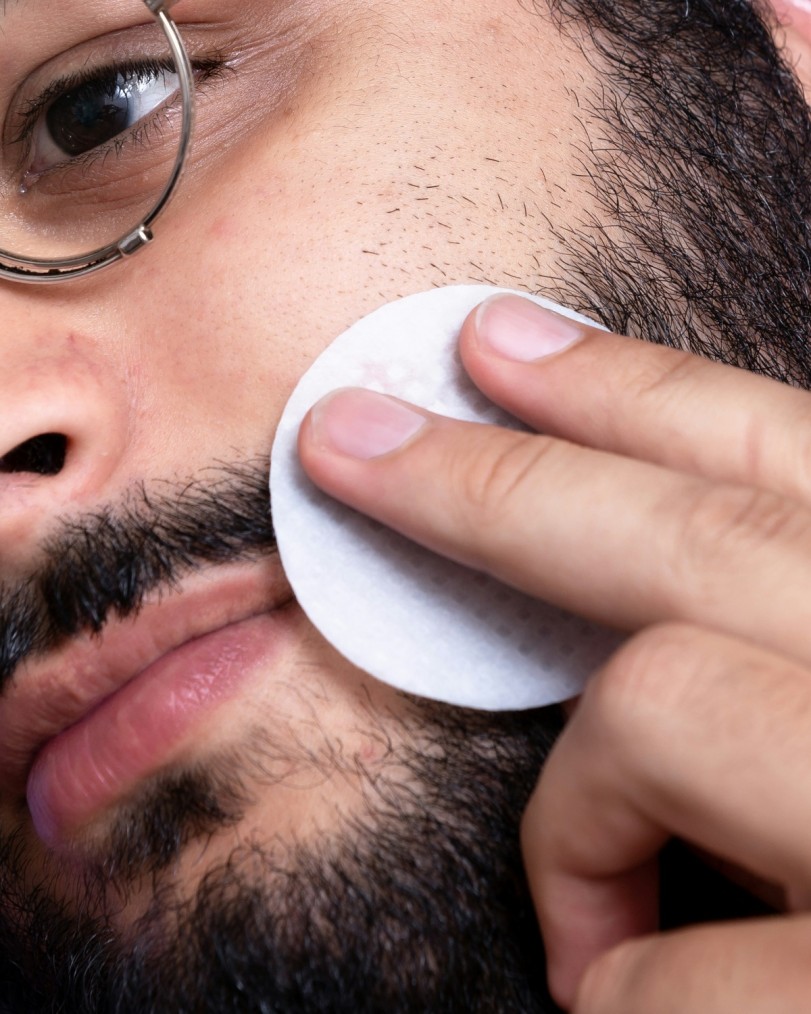
There are times when you want a longer beard, but it looks patchy and uneven, with shorter hair just growing in when the rest reaches the length you wanted. In other words, you have some patches of stubble and some areas with the right length of hair. It can be frustrating, but there are things you can do to achieve stubble-free beards.
Stubble-Free Beards
Having a stubble-free beard or a beard with uniform hair growth offers a polished, well-groomed appearance. Maintaining this look requires regular grooming and upkeep. While growing a beard takes time and effort, it allows you to adjust your facial hair style easily.
Tips to Avoid Stubble and Uneven Beards
Stubble is the short, prickly hair that grows back after shaving. It is the early stage of beard growth before the hair becomes longer and fuller. Stubble can feel rough and may cause itchiness. While some prefer the stubble look, others opt to either grow a full beard or maintain a clean-shaven face.
Uneven beard growth, often seen as a patchy beard, is a common issue for many men. This typically affects the cheeks and can make it challenging to achieve a full beard. The growth of facial hair is largely determined by genetics and hormone levels, specifically dihydrotestosterone and testosterone.
While genetics play a significant role, your efforts and grooming habits also play a crucial part in beard growth. Here are a few tips to reach even and stubble-free beards.
Food for Beard Growth
Proper nutrition plays a crucial role in boosting male hormones and promoting faster, thicker facial hair growth, especially in patchy areas.
Foods like olive oil, fatty fish, dark greens, cocoa products, alfalfa sprouts, avocados, eggs, ginger root, pomegranate juice, coffee, and sorghum can aid in hormonal balance and provide essential nutrients for beard development. These foods, combined with a balanced diet, can naturally enhance beard growth.
Grow-and-Trim Strategy
To promote even beard growth, allow your facial hair to grow uninterrupted for six to eight weeks. This time frame allows you to identify patchy areas accurately. Once you have grown your beard out, consider visiting a professional barber for a trim to ensure uniform length. Patience is key when aiming for a thicker, fuller beard.
Beard Care Products
Beard oils are a timeless grooming essential, now more popular than ever for good reason. They not only promote growth but also enhance beard texture and prevent dandruff. Ingredients like peppermint oil stimulate growth, while jojoba and coconut oil soothe the skin beneath the beard.
For optimal growth, consider a beard roller to stimulate hair follicles. It creates micro-punctures that unclog pores and aid in oil absorption, promoting nourished, hydrated hair growth. Avoid common issues by using products designed for facial skin, not regular shampoo, to maintain a healthy, itch-free beard.
Exercise
Exercise can significantly impact beard growth by increasing testosterone levels, which are directly linked to facial hair thickness. Activities like running, jogging, and strength training can boost testosterone temporarily, especially in the morning. Exercise also improves blood flow, stimulating hair follicles for growth.
Keeping pores clean through sweat can also promote faster hair growth. Include resistance training in your workouts to further boost testosterone production for stronger facial hair growth. Consider supplementing your diet with supplements for hair growth to ensure you are getting essential nutrients for healthy hair growth.

